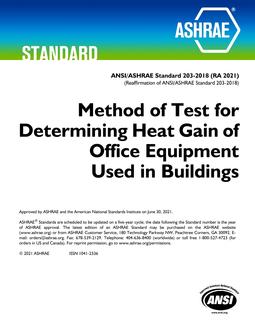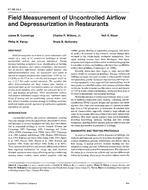Improving household refrigerators’ efficiency plays an important role in the efforts toward realizing the energy efficient homes. Most recent U.S. Department of Energy analysis revealed that household refrigerators and freezers contributed to 4.7% of the site energy consumption for the average U.S. household. Previous research in refrigerator energy efficiency improvements included high performance compressors, variable speed compressors, oversized heat exchangers, better insulation, work recovery during gas expansion, and demand control frost management. In this paper we investigate a novel heat exchanger for its potential for size reduction and improvement in frost handling. These attributes may have significant impact on internal to external volume ratio and the reduction in the overall energy consumption. The air bearing heat exchangers, also called rotating heat exchanger, were first developed by Sandia National Laboratories to serve as high performance coolers. Initial applications for their device were in the area of electronic and high power density cooling applications. The presented work employed the air bearing heat exchanger as a potential substitute for current aluminum fin and tube evaporators used in the conventional refrigerators and freezers. It was found that due to centrifugal force caused by the rotating fins, frost grows as thin layers that can be defrosted in seconds; compared to minutes required for conventional evaporators. In this paper we will present a preliminary comparison between conventional and air bearing heat exchangers using the same system and load, and show the energy efficiency and size benefits for using this novel technique.
Product Details
- Published:
- 2015
- Number of Pages:
- 8
- Units of Measure:
- Dual
- File Size:
- 1 file , 3.6 MB
- Product Code(s):
- D-AT-15-C044
- Note:
- This product is unavailable in Russia, Belarus


